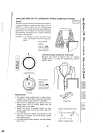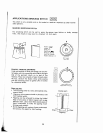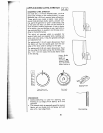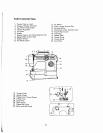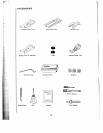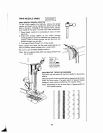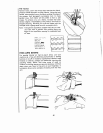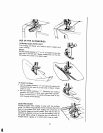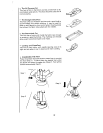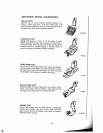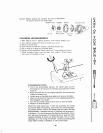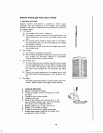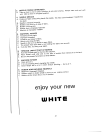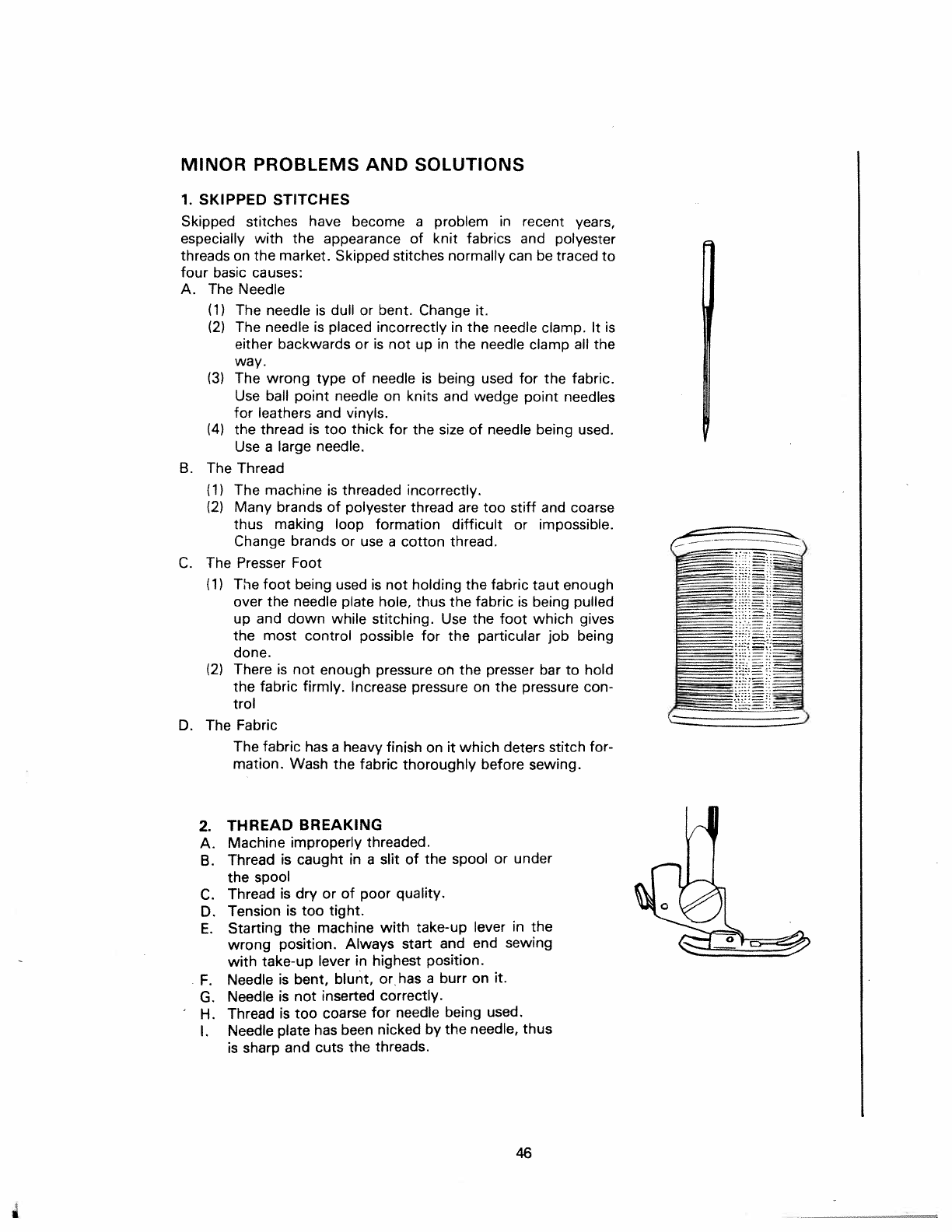
MINOR
PROBLEMS
AND
SOLUTIONS
1.
SKIPPED
STITCHES
Skipped
stitches
have
become
a
problem
in
recent
years,
especially
with
the
appearance
of
knit
fabrics
and
polyester
threads
on
the
market.
Skipped
stitches
normally
can
be
traced
to
four
basic
causes:
A.
The
Needle
(1)
The
needle
is
dull
or
bent. Change
it,
(2>
The
needle
is
placed incorrectly
in
the
needle
clamp.
It
is
either
backwards
or
is
not
up
in
the
needle
clamp
all
the
way.
(3)
The
wrong
type
of
needle
is
being
used
for
the
fabric.
Use
ball
point needle
on
knits
and
wedge
point
needles
for
leathers
and
vinyls.
(4)
the
thread
is
too
thick
for
the
size
of
needle
being
used.
Use
a
large
needle.
B.
The
Thread
(1)
The
machine
is
threaded
incorrectly.
(2)
Many
brands
of
polyester
thread
are
too
stiff
and
coarse
thus
making
loop
formation
difficult
or
impossible.
Change
brands
or
use
a
cotton thread.
C.
The
Presser
Foot
(1)
The
foot
being
used
is
not
holding
the
fabric
taut
enough
over
the
needle
plate
hole,
thus
the
fabric
is
being
pulled
up
and
down
while
stitching.
Use
the foot
which
gives
the
most
control
possible
for
the
particular
job
being
done.
(2)
There
is
not
enough pressure
on
the
presser
bar
to
hold
the
fabric
firmly.
Increase
pressure
on
the
pressure
con
trol
D.
The
Fabric
The
fabric
has
a
heavy
finish
on
it
which
deters
stitch
for
mation. Wash
the
fabric
thoroughly
before
sewing.
2.
THREAD
BREAKING
A.
Machine
improperly
threaded.
B.
Thread
is
caught
in
a
slit
of
the
spool
or
under
the
spool
C.
Thread
is
dry
or
of
poor
quality.
D.
Tension
is
too
tight.
E.
Starting
the
machine
with
take-up
lever
in
the
wrong
position.
Always
start
and
end
sewing
with
take-up
lever
in
highest
position.
F.
Needle
is
bent,
blunt,
or
has
a
burr
on
it.
G.
Needle
is
not
inserted
correctly.
H.
Thread
is
too
coarse
for
needle
being
used.
I.
Needle
plate
has
been
nicked
by
the
needle,
thus
is
sharp
and
cuts
the
threads.
46



